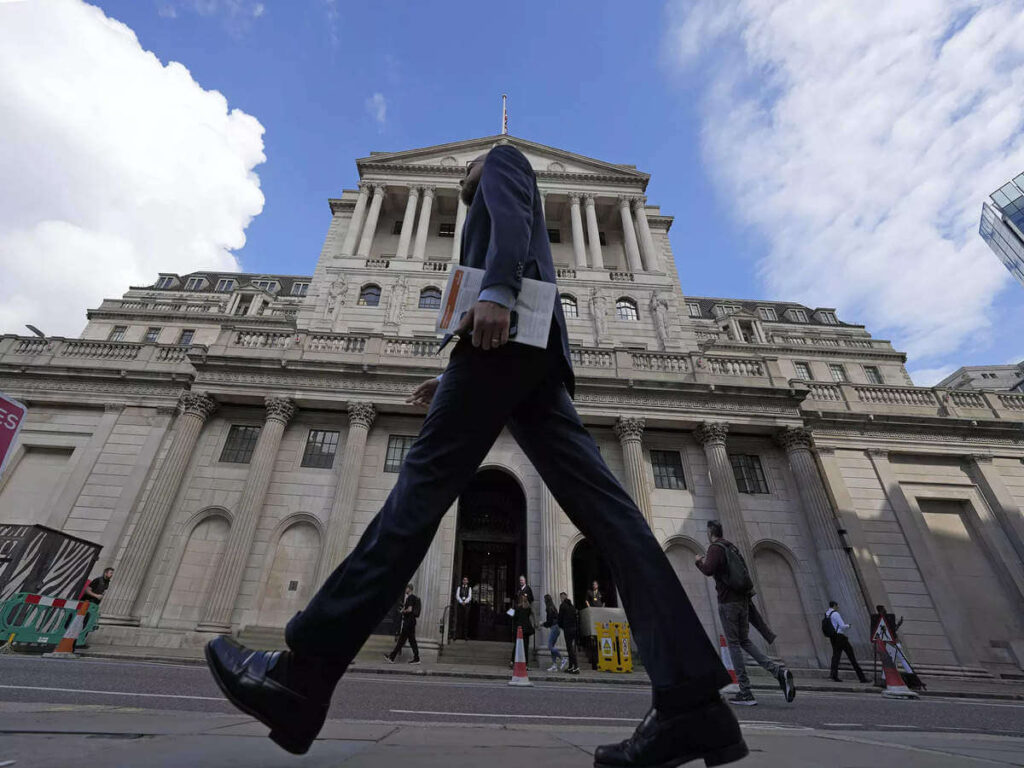The Bank of England (BOE) is encountering mounting pressure to reconsider its stance on potential interest rate hikes, with critics cautioning that maintaining a bias toward such hikes could jeopardize the institution’s credibility. This poses a communication challenge for BOE Governor Andrew Bailey, as former Monetary Policy Committee (MPC) members and senior UK economists argue that the current hawkish stance is misaligned with the economic landscape and contrasts with the policies of the US and eurozone.
The call for a change in guidance is expected to materialize around the next rate decision on February 1. However, the longer the BOE delays, the greater the risk of conflicting with an anticipated general election later in the year, potentially called by Prime Minister Rishi Sunak.

The BOE’s existing guidance has remained unchanged since August, despite shifts in economic indicators. Last month, three out of nine MPC members voted for increased borrowing costs, emphasizing a prolonged fight against inflation. However, recent economic developments, including weakened output, wages, and job creation, have prompted calls for a reassessment.
Inflation has receded to 4%, on track to reach the 2% target earlier than anticipated, while both the US Federal Reserve and the European Central Bank signal potential rate cuts. Investors have anticipated sharp rate reductions, affecting the BOE’s credibility and lowering public confidence in the institution.
Governor Bailey faces communication challenges, including pivoting from the current guidance, preparing investors for potential cuts, and aligning forecasts with market expectations. Goldman Sachs economist Jari Stehn notes that this adjustment may take longer for the BOE compared to the Fed or ECB.
Market expectations indicate a substantial reduction in borrowing costs, with four quarter-point cuts to 4.25% priced in for this year, starting in June. This contrasts with predictions just three months ago that foresaw rates remaining above 5% throughout 2024.
The BOE’s divergence from its peers became evident when ECB President Christine Lagarde suggested a likely rate cut for the euro area by summer. Meanwhile, Fed Chairman Jerome Powell advocates rate cuts before inflation hits 2%.
While the BOE mentioned in December that policy was “likely to need to be restrictive for an extended period,” critics argue that the guidance needs adjustment. Suggestions include using forecasts to soften guidance and potential dovish votes from MPC members.
The BOE’s decision on February 1 will be closely watched, including new growth forecasts based on market expectations, leading to potential tensions between market paths and the BOE’s analysis. The review of BOE forecasting by Ben Bernanke is expected to shed light on these challenges in March.









